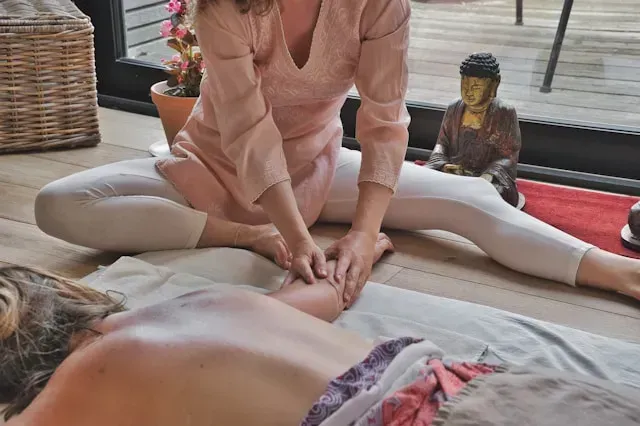
Clinical Massage Therapy Techniques
Learn more about Clinical Massage Therapy, its types, techniques, benefits, and how you can apply them in practice.
Get carepatron free
Commonly asked questions
While both types of massage aim to promote relaxation and alleviate tension, medical massage is specifically tailored to address medical conditions and rehabilitative needs under the guidance of a healthcare provider.
Due to its gentle yet effective techniques, Swedish massage is often recommended for full-body relaxation and stress relief.
The frequency of massages depends on individual needs and goals. Some may benefit from weekly sessions for chronic conditions, while others may find monthly maintenance massages sufficient.







